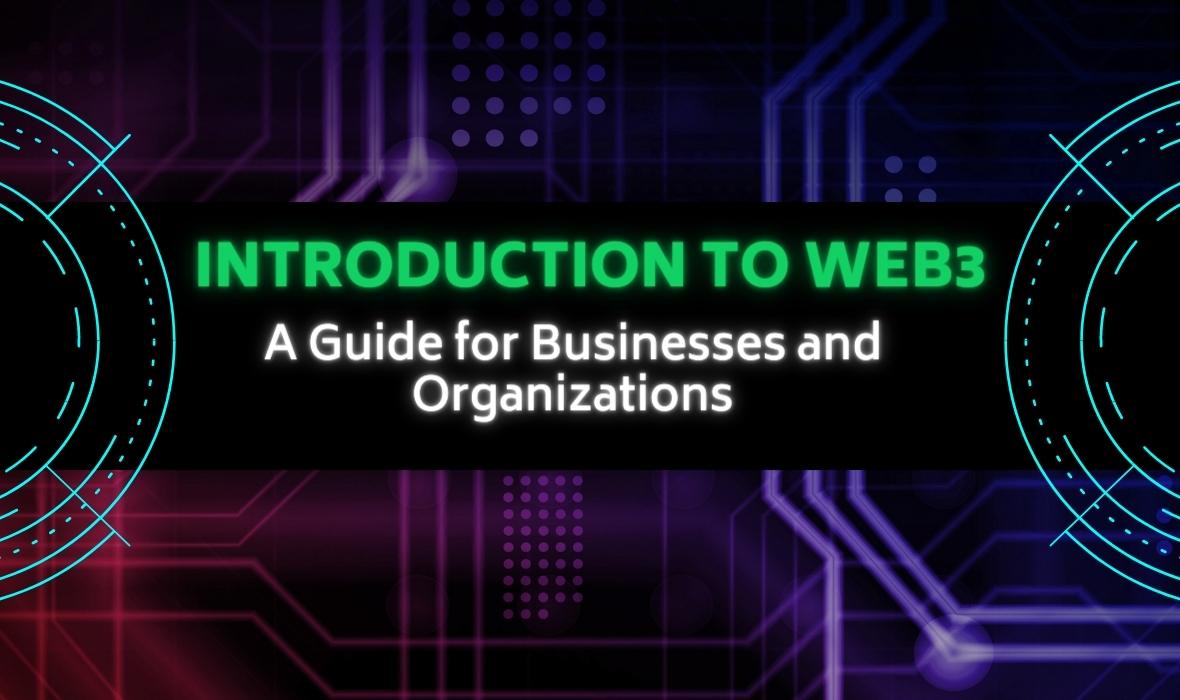
Understanding the Key Differences Between Web2 and Web3 Technology
The internet has evolved significantly since its early days in the 1990s. Web 1.0 was characterized by basic websites and limited user interaction. Web 2.0 emerged in the early 2000s, bringing social media, blogs, and user-generated content. This era produced popular platforms like Facebook, Twitter, and YouTube. Now, we are entering the Web 3.0 era, which is defined by the convergence of blockchain, artificial intelligence, and the Internet of Things. These technologies offer secure, smarter, and more interconnected transactions and decision-making. Web 3.0 has the potential to revolutionize the internet, creating a more decentralized, secure, and efficient web.
Where are we now?
Web2 technology is the current state of the web, where we have centralized platforms that control and distribute data according to their terms. Users have limited control over their data and must trust third parties to handle it properly. This has led to concerns about privacy and security, as well as issues with censorship and data ownership.
Web3 technology, on the other hand, is based on decentralized platforms that allow users to have greater control over their data. This is made possible by blockchain technology, which enables the creation of trustless systems where users can interact with each other without the need for intermediaries.
Why Web3 is ready?
Web3 technology is ready for adoption because the necessary infrastructure and tools are now available. Blockchain technology has matured, and there are now a variety of platforms that make it easy for developers to build decentralized applications (dApps). Additionally, there has been a surge in interest from investors and entrepreneurs who recognize the potential of Web3 technology.
Why Web3 matters?
Web3, the next evolution of the internet, has been gaining a lot of attention lately. Unlike its predecessors, Web1 (the static web of the 90s) and Web2 (the social web of today), Web3 is based on decentralized blockchain technology. This technology allows for a more transparent, secure, and democratic internet experience. In this article, we will explore the reasons why Web3 matters and how it could change the future of the web.
Decentralization and User Control
One of the primary advantages of Web3 technology is its decentralized nature. Unlike Web2, which relies heavily on centralized servers, Web3 utilizes distributed networks that are more resistant to censorship and control by a single entity. This means that users have more control over their data and can trust that it will be stored securely.
In a Web3 world, users can interact with decentralized applications (dApps) that run on blockchain networks. These dApps are built on top of decentralized protocols that allow for peer-to-peer transactions and interactions. This eliminates the need for intermediaries, such as banks, social media platforms, and e-commerce marketplaces, that are currently required for many online transactions.
This increased user control has the potential to fundamentally change the way we interact with the web. Users could take back control of their data, choosing which information to share and with whom. In addition, it could enable new business models that are currently not possible with centralized systems.
Greater Security and Trust
Another key benefit of Web3 technology is its potential for greater security and trust. Blockchain technology, which is at the heart of Web3, is inherently secure due to its cryptographic nature. Transactions on a blockchain are verified by a distributed network of nodes, making them virtually tamper-proof.
This security can be extended to all types of online interactions, from financial transactions to social media posts. By using decentralized protocols, users can interact with others online in a trustless way, without the need for intermediaries to vouch for their identity.
New Opportunities for Small Businesses and Individuals
Finally, Web3 technology has the potential to level the playing field for small businesses and individuals. Currently, large corporations dominate the online landscape due to their access to resources and capital. However, Web3 technology could enable small businesses and individuals to compete on a global scale.
By leveraging decentralized marketplaces, small businesses and individuals could reach a global audience without the need for intermediaries. This could reduce the cost of doing business and provide more opportunities for innovation and entrepreneurship.
Conclusion:
Blockchain, AI, and other technologies have the power to truly change the world but to do so, they need the right ecosystem in place, like Web3. As a Web3 expert, it’s important to understand the key differences between Web2 and Web3 technology and to educate others about the benefits of this new paradigm. With the right tools and infrastructure in place, Web3 has the potential to revolutionize the web and bring about a more transparent, decentralized, and efficient future.
Businesses need to keep up with the latest technology. Web2 businesses should start looking into moving themselves to Web3. If you are looking to take your business to the next level, then Prima vision consultancy can transform your business from web2 to web3. With our team of experts, we will help you to implement the latest technologies and trends to help you stay ahead of the competition. We will also work with you to develop a customized plan to suit your specific needs and requirements.
Contact us today to find out how we can help you to take your business to the next level.



